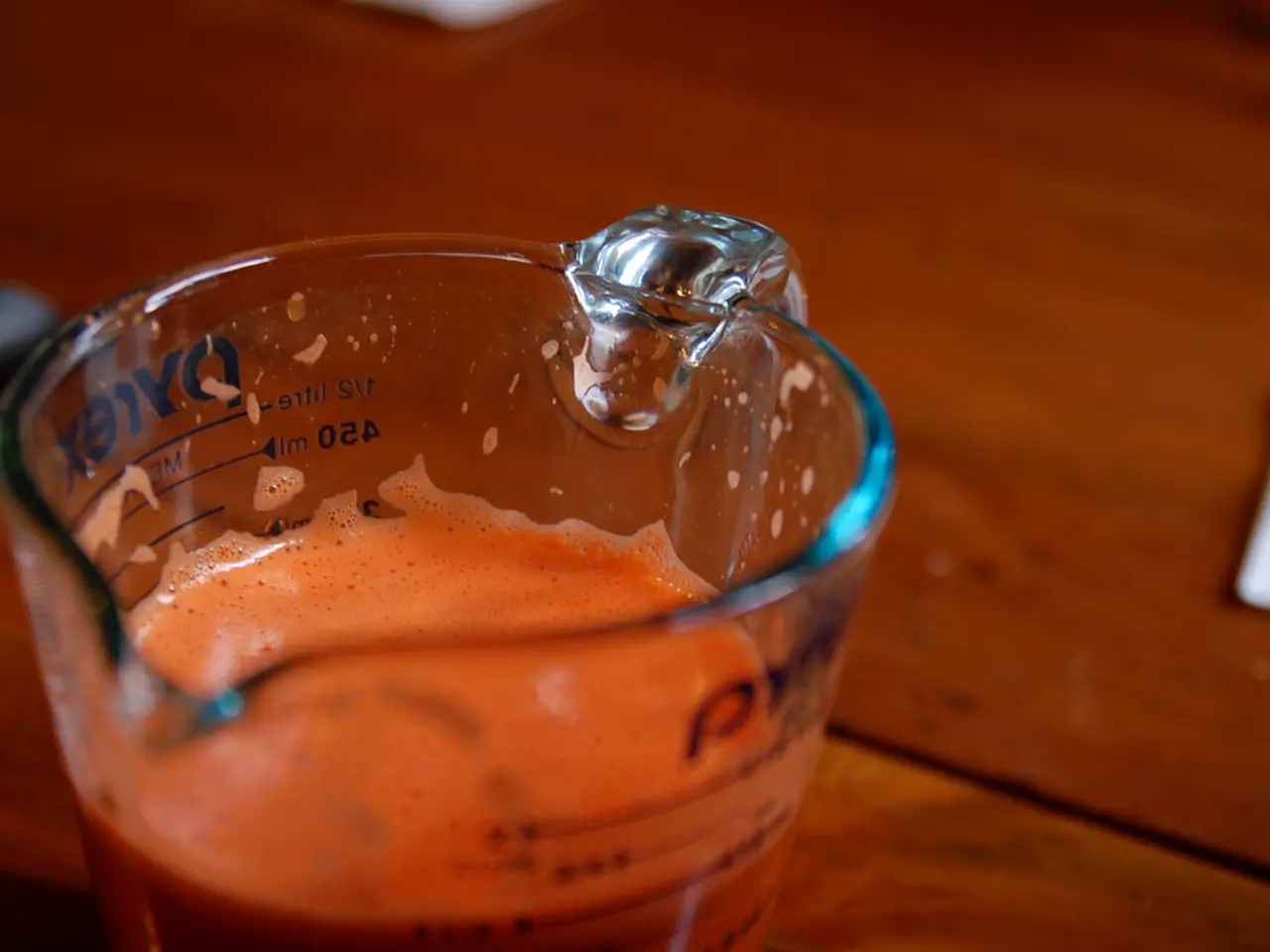Servlet Life Cycle: From Loading to Destruction
Servlets, Java-based web components, follow a well-defined life cycle managed by the Servlet container. This cycle consists of four key stages: Loading, Initializing, Handling Client Requests, and Destroying. Let's delve into each stage and understand their significance.
The life cycle commences with the Loading stage. Here, the Servlet container loads the Servlet class into memory and creates an instance. Once loaded, the Initializing stage begins. During this phase, the Servlet prepares to handle requests using the init() method. This method is invoked once, allowing the Servlet to initialize resources it will need during its lifetime.
The Servlet then enters the Handling Client Requests stage. This stage involves using the service() method to process incoming requests and generate responses. The service() method determines the HTTP request type and delegates to appropriate methods within the Servlet to handle the request.
Finally, the Destroying stage marks the Servlet's end. Here, active threads are allowed to complete, and the destroy() method is invoked to release resources. Once resources are freed, the Servlet instance is released for garbage collection.
In essence, the Servlet life cycle ensures efficient resource management and optimal performance. From loading and initialization to handling requests and destruction, each stage plays a crucial role in the Servlet's operation. Understanding this life cycle is vital for developing effective and performant Servlet-based applications.
Read also:
- Web3 gaming platform, Pixelverse, debuts on Base and Farcaster networks
- Cannabis-Focused CTV Channel Citizen Green Launches for Global Streamers
- Goodyear in 2025: Advancement in Total Mobility through the Launch of Kmax Gen-3 by Goodyear
- Boston Metal pioneers route to commercial production for eco-friendly steel method








